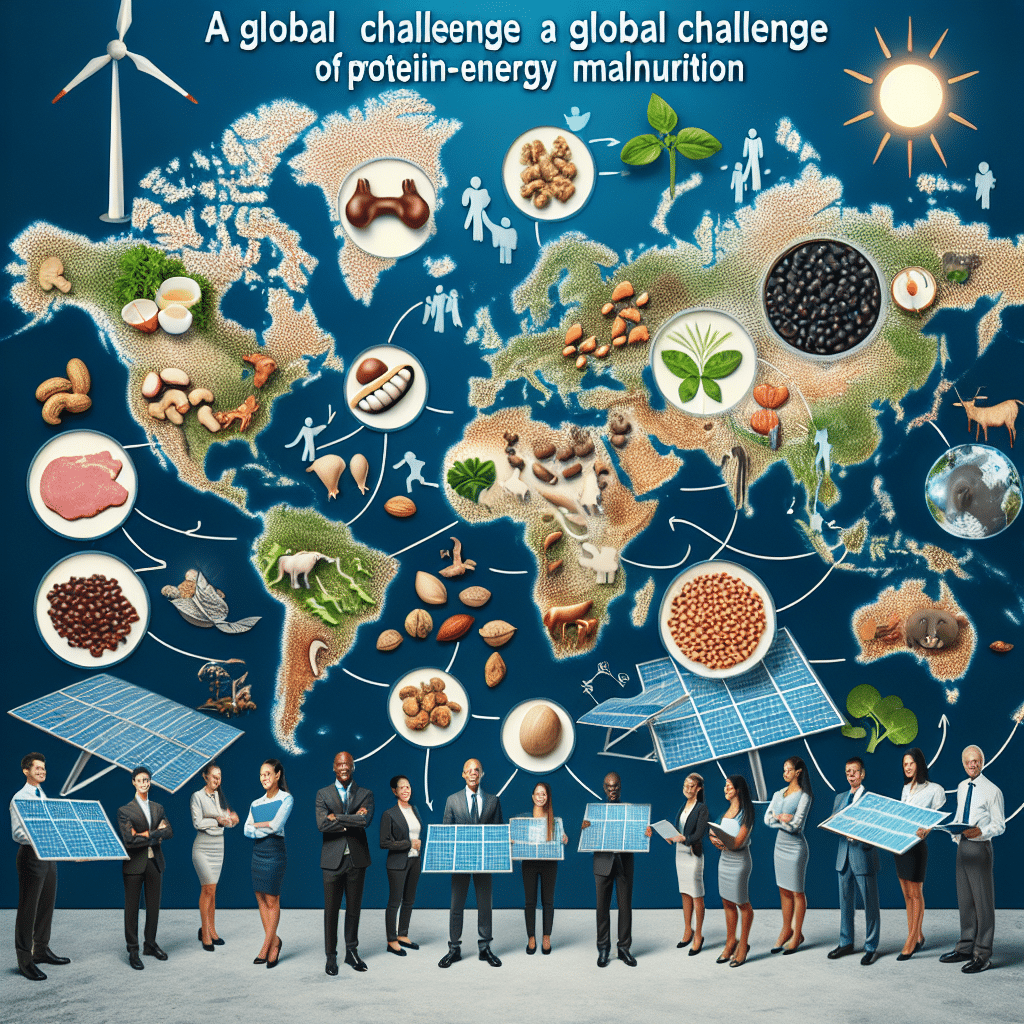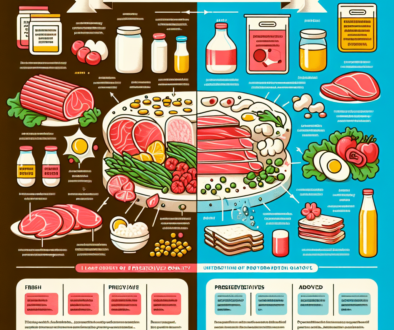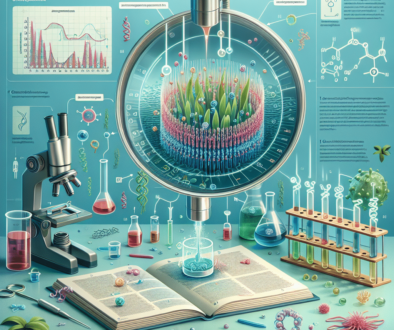Protein Energy Malnutrition: Addressing a Global Challenge
-
Table of Contents
- Protein Energy Malnutrition: Tackling a Worldwide Health Issue
- Understanding Protein Energy Malnutrition
- The Global Prevalence of PEM
- Causes of Protein Energy Malnutrition
- Consequences of Protein Energy Malnutrition
- Strategies to Combat Protein Energy Malnutrition
- Case Studies and Success Stories
- Conclusion: Uniting Against Protein Energy Malnutrition
- ETprotein: Your Partner in Combating Protein Energy Malnutrition
Protein Energy Malnutrition: Tackling a Worldwide Health Issue

Protein Energy Malnutrition (PEM) is a critical health problem affecting millions of people, particularly children, in developing countries. It is a form of undernutrition that occurs when an individual does not consume enough protein or energy (calories) to meet their body’s needs. The consequences of PEM can be severe, leading to growth failure, weakened immunity, and increased mortality. This article delves into the causes, effects, and solutions to this global challenge, providing insights and statistics to underline the urgency of addressing PEM.
Understanding Protein Energy Malnutrition
PEM is characterized by a range of conditions, including kwashiorkor, marasmus, and marasmic-kwashiorkor. These conditions represent a spectrum of nutritional deficiencies, from inadequate protein intake to a combination of insufficient protein and energy consumption. The impact of PEM is most devastating in children, as it can lead to stunted growth, developmental delays, and susceptibility to infections.
The Global Prevalence of PEM
According to the World Health Organization (WHO), undernutrition is estimated to be associated with 2.7 million child deaths annually or 45% of all child deaths. Sub-Saharan Africa and South Asia bear the brunt of PEM due to factors such as poverty, food insecurity, and lack of access to healthcare. However, PEM is not limited to low-income countries; it can also be found in pockets of poverty within middle- and high-income countries.
Causes of Protein Energy Malnutrition
- Poverty and Food Insecurity: Limited access to nutritious food due to low household income is a primary driver of PEM.
- Agricultural Challenges: Climate change, natural disasters, and unsustainable farming practices can lead to crop failures and reduced food availability.
- Inadequate Maternal Health: Undernourished mothers are more likely to give birth to low-weight babies who are at higher risk of developing PEM.
- Infectious Diseases: Illnesses such as diarrhea, HIV/AIDS, and tuberculosis can exacerbate nutritional deficiencies by reducing appetite and nutrient absorption.
- Lack of Education: Limited knowledge about nutrition can lead to poor dietary choices, exacerbating the risk of PEM.
Consequences of Protein Energy Malnutrition
PEM has far-reaching effects on individuals and societies. Children with PEM may experience delayed cognitive development, reduced school performance, and lower productivity in adulthood. The condition also places a significant burden on healthcare systems, as malnourished individuals are more prone to illness and require more medical attention.
Strategies to Combat Protein Energy Malnutrition
Addressing PEM requires a multifaceted approach that includes improving food security, enhancing maternal and child health, and implementing community-based nutrition programs. Examples of successful interventions include:
- Fortification of staple foods with essential nutrients.
- Support for breastfeeding and maternal nutrition.
- Education campaigns to promote dietary diversity and healthy eating habits.
- Development of drought-resistant and nutrient-rich crop varieties.
- Targeted supplementary feeding programs for vulnerable populations.
Case Studies and Success Stories
Several countries have made significant strides in reducing PEM. For instance, Brazil’s Fome Zero (Zero Hunger) program has been instrumental in reducing child malnutrition through a combination of social welfare policies, family farming support, and nutrition education. Similarly, Nepal has seen a decline in child malnutrition rates due to its community-based management of acute malnutrition (CMAM) programs.
Conclusion: Uniting Against Protein Energy Malnutrition
Protein Energy Malnutrition remains a formidable challenge, but it is not insurmountable. With concerted efforts from governments, international organizations, civil society, and the private sector, progress can be made. By investing in agriculture, healthcare, and education, and by fostering innovation in nutrition, we can pave the way for a future where PEM is a thing of the past.
ETprotein: Your Partner in Combating Protein Energy Malnutrition
ETprotein is committed to supporting the fight against Protein Energy Malnutrition by providing high-quality protein products. Their range of organic bulk vegan protein and plant proteins are ideal for fortifying foods and developing nutritional supplements that can help address the protein needs of malnourished populations. With a focus on non-GMO, allergen-free ingredients, ETprotein’s products are suitable for a variety of applications, from infant formula to health and wellness products.
By choosing ETprotein, organizations and manufacturers can ensure that their efforts to combat PEM are backed by reliable and nutritious protein sources. Whether you are looking to enhance the protein content of your food products or develop specialized nutritional supplements, ETprotein has the expertise and product range to meet your needs.
About ETprotein:
ETprotein, a reputable protein Chinese factory manufacturer and supplier, is renowned for producing, stocking, exporting, and delivering the highest quality organic bulk vegan protein and plant proteins. They include Organic rice protein, clear rice protein, pea protein, clear pea protein, pumpkin seed protein, sunflower seed protein, mung bean protein, peanut protein etc. Their offerings, characterized by a neutral taste, non-GMO, allergen-free attributes, cater to a diverse range of industries. They serve nutraceutical, pharmaceutical, cosmeceutical, veterinary, as well as food and beverage finished product distributors, traders, and manufacturers across Europe, USA, Canada, Australia, Thailand, Japan, Korea, Brazil, and Chile, among others.
ETprotein specialization includes exporting and delivering tailor-made protein powder and finished nutritional supplements. Their extensive product range covers sectors like Food and Beverage, Sports Nutrition, Weight Management, Dietary Supplements, Health and Wellness Products, and Infant Formula, ensuring comprehensive solutions to meet all your protein needs.
As a trusted company by leading global food and beverage brands and Fortune 500 companies, ETprotein reinforces China’s reputation in the global arena. For more information or to sample their products, please contact them and email sales(at)ETprotein.com today.












